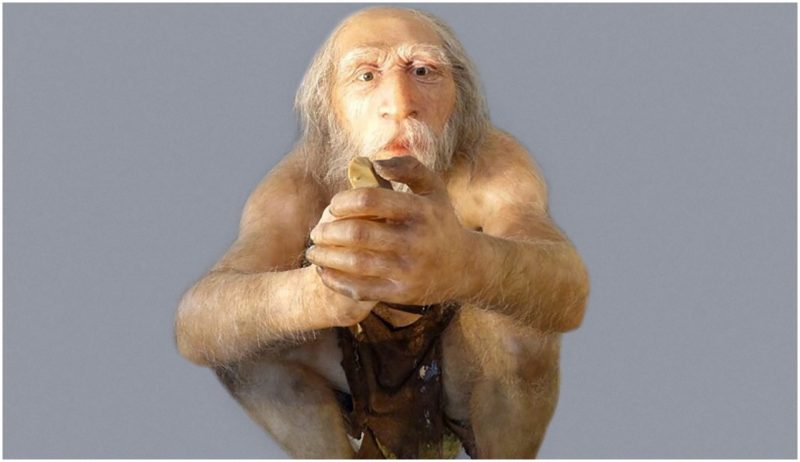For most of us, when we hear the word Neanderthal it conjures an image of a stereotypical caveman body, clad in rough pelts who is brutish and bulky, hunched, and somehow less than fully human. According to the Smithsonian Museum of Natural History, much of what we think we know about them isn’t particularly accurate.
Neanderthals occupied a swath of the world stretching from Britain, across Europe and the Middle East to Uzbekistan, and were probably the first hominids to settle in Eurasia.

The first fossils that were fully recognized as early human fossils were discovered in 1856, in the Neander Valley, in Germany, which is how the name Neanderthal came to be.
Quarryman found the skull and about 15 other bones in a limestone cave in the valley, according facts.net. Thinking that the fossils belonged to a bear, the workers gave the remains to a local teacher, who, in turn, passed them on to some scientists who figured out what they were really looking at.
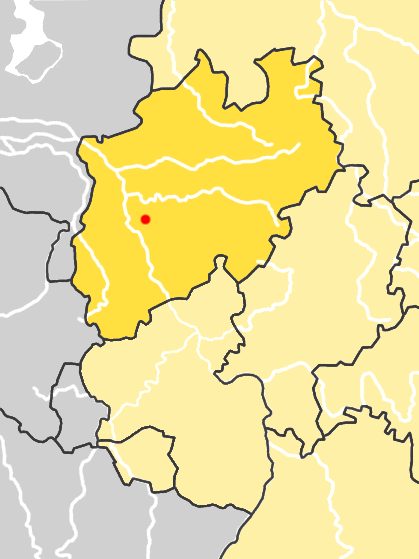
Those scientists found that skull was oval-shaped, with distinct brow ridges and a receding forehead. The other bones found with the skull were all thick and heavy, suggesting that the early hominids were shorter and stockier of frame than modern humans.
The sloping heads and short, heavy bodies are a large part of where our mental picture comes from, but that picture was further shaped by the discoveries of a French palaeontologist named Marcellin Boule.
In 1908, workers uncovered what was to be the first relatively complete Neanderthal skeleton at La Chapelle-aux-Saints, France. The remains were given to Boule for examination.
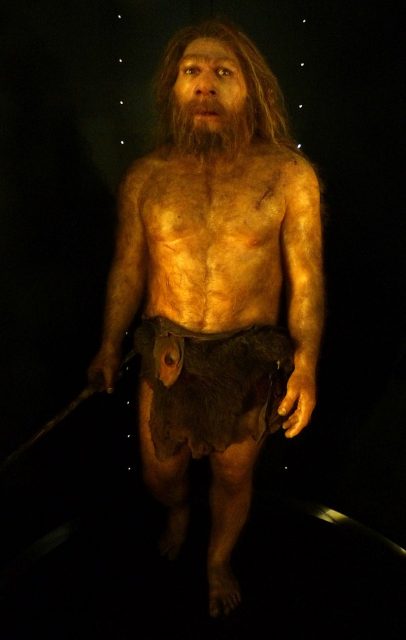
The skeleton was clearly that of an elderly male, and it soon came to be known as the Old Man of La Chapelle. The old man was obviously not the first skeletal find, but he was the most complete which had yet been uncovered, giving Boule the ability to gain new insights into what early humans were like.
The Old Man came with his skull and jaw bones, ribs, a number of vertebra, and the bones for all his limbs. There were enough bones that Boule could actually create a reconstruction of how the Old Man would have stood and could determine what his gait was probably like.
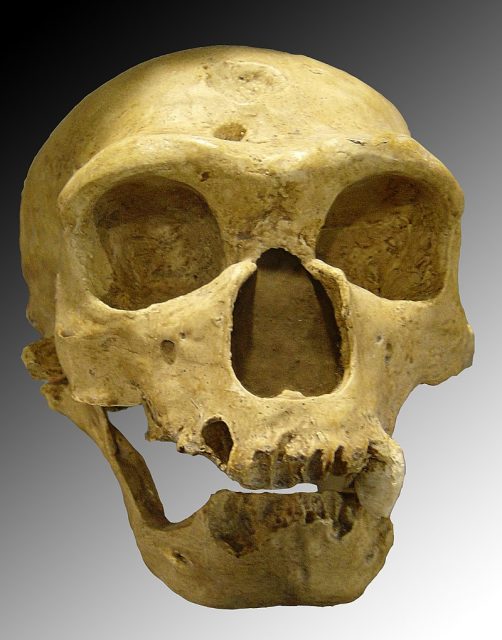
He published the reconstruction in 1911, and it demonstrated that the Old Man would have had a hunched-over posture and was possibly not able to stand completely upright at all. Boule’s was the final piece of the picture scientists built of the short, brutish, and slouched-down figure of the Neanderthal.
The only problem with that is that subsequent research has shown much of what we thought we knew about the early men is wrong. For one thing, Boule’s reconstruction was accurate enough, but the Old Man was, well, old.
Scientists re-examined the remains in the 1950s and determined that its hunched-over posture was due to arthritis, not an inherent species trait. How Boule failed to notice the signs of the disease isn’t a hard question to answer. Most likely he saw what he expected to see, a posture that went with the idea of those small, brutish, and unintelligent Neanderthals.
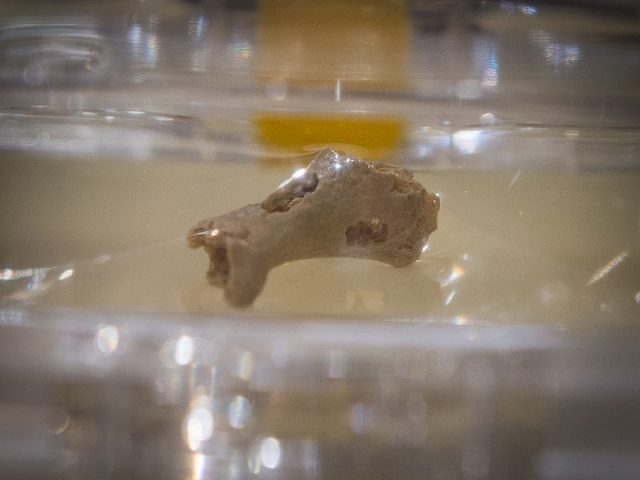
In truth, there’s still an enormous amount we don’t know yet about those early men, even though the Neanderthal genome has been successfully sequenced. But there’s also a lot that we do know. Including how Neanderthal genes have shaped the way some people look. Take a look at this with the video below:
https://youtu.be/Ng7_ZUcCEkI
One of the things that the evidence has pointed to is that the Neanderthal were much more intelligent than we give them credit for. Scientists are certain that they made and used fairly sophisticated tools, such as constructed spears. They controlled fire, and buried their dead. All of those things suggest significant intelligence.
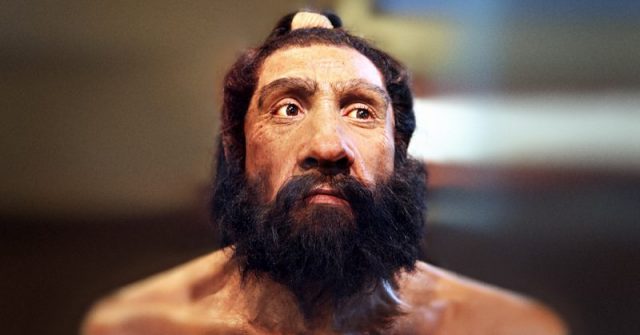
They also had a very similar social structure to humans. They lived in multi-generational families and communities, and fossil evidence demonstrates that they collectively took care of the elderly and those who could not care for themselves, another sign of intelligence. There’s even evidence that their children went to “school” to learn important skills from adults.
So what happened to them? Why did they disappear? The reason that Neanderthal died out remains something of a mystery. They are known to have existed at the same time as modern humans.
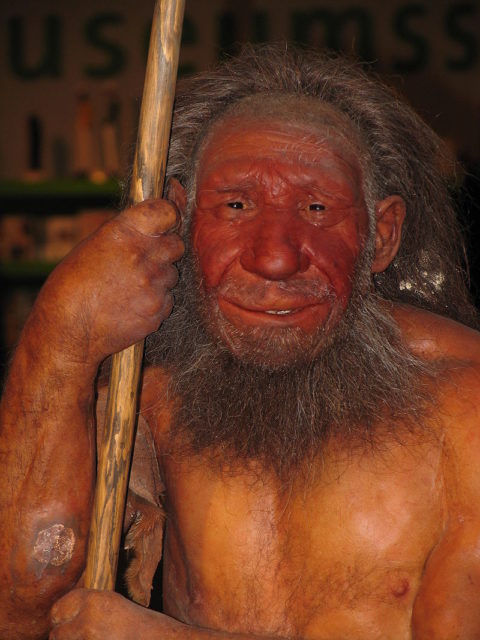
For a long time, scientists supposed that the two types of people interbred to the point that the Neanderthal as a separate species simply faded out. More recently, that theory has been passed over and scientists now believe that the early man went extinct.
There are several theories which range from dietary deficiencies to some sort of climate change event, or to genetic problems caused by inbreeding.
Some also believe that humans killed them, but whether it was one of these causes, or a combination, or something altogether different, still needs to be determined.
